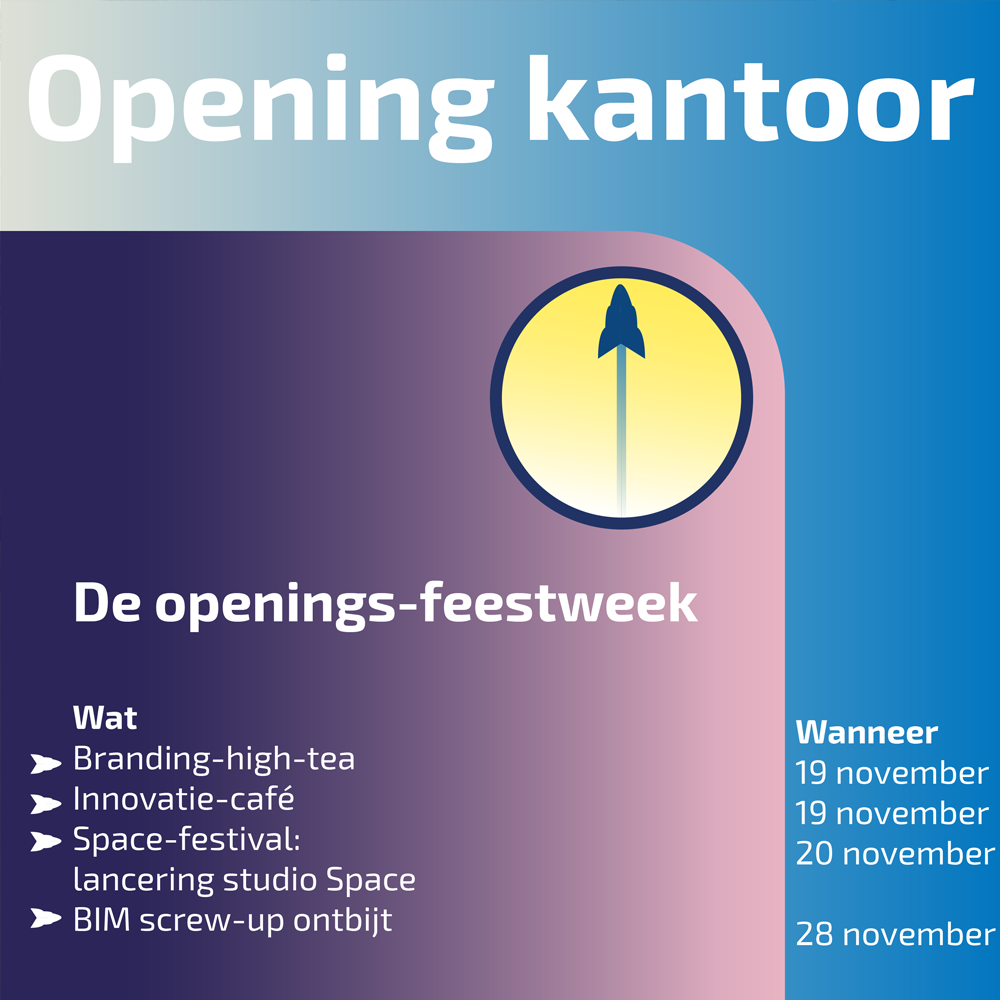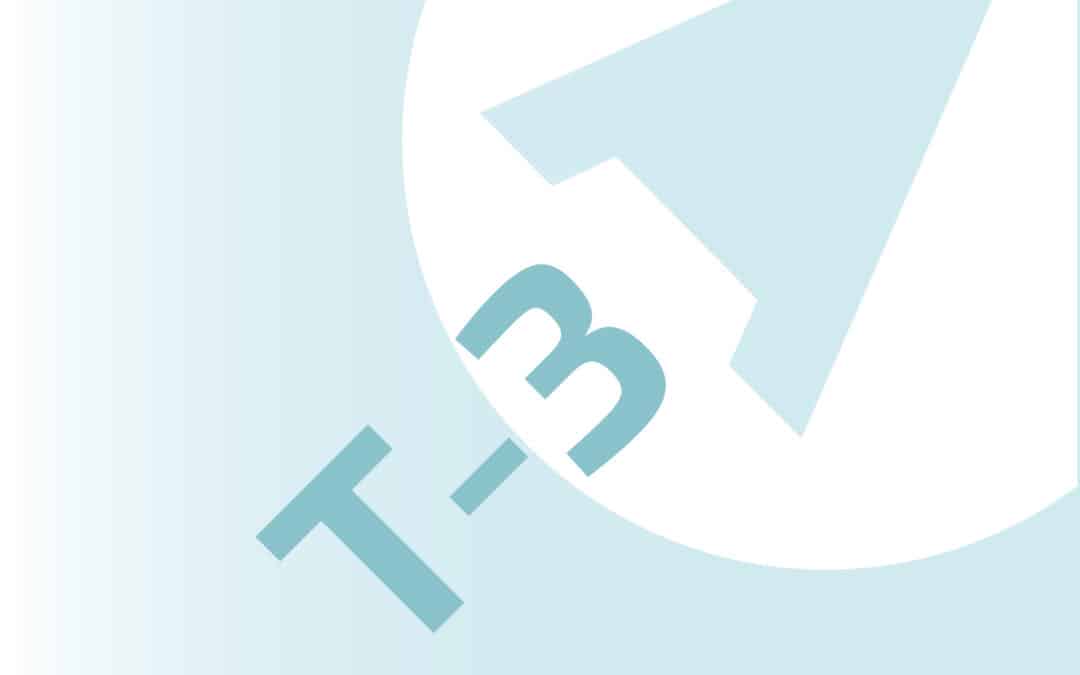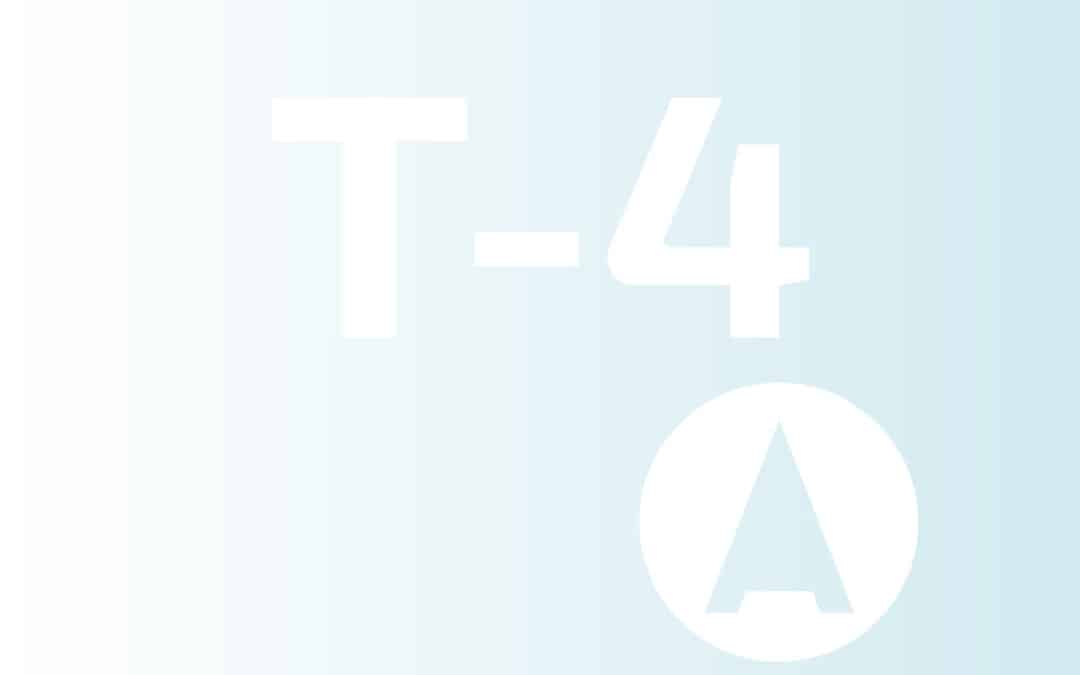The Importance of a Close-Out.
An essential phase in project management that deserves sufficient attention is the closure or ‘close-out’ of a project. It is an important phase in the cycle of a project and broader than a delivery, the final presentation or the final report.
A number of things are important in the project closure:
- The result of the project (delivery report, final financial report) and all documentation (technical documentation, maintenance instructions, repair instructions) are shared
- guidelines for scope and responsibilities for warranty, service and maintenance are provided
- When the project is concluded, the final responsibility for the project on the part of the contractor ends and the client’s responsibility for the project or tasks starts again. This also includes the transfer from contractor to client.
- Analysis of the ‘close-out’: quality of delivery, warranty claims, financial end result, release of the last payment terms
- The lessons learned from the project, and that is strongest in consultation with all project stakeholders. This also includes a written record of this result so that all those involved can share the lessons learned within their organization.
The long-term benefits of a good close-out
The somewhat longer term is often very interesting for the evaluation. This applies to an entire project, but also to a phase. The quality of a design can easily be evaluated during engineering or drawing. How successful the engineering is becomes apparent during tendering and construction. And after construction, the operational phase follows, in which the goal of the realized project can only really be properly evaluated. In order to keep improving the quality of your work, you have to evaluate project phases and projects in order to extract lessons learned.
Capturing the lessons learned
No matter how experienced the project team is, in every project there are lessons to be learned for the next project. Recording these in a database, however simple, creates the habit of a continuous learning organization from which subsequent project teams can learn. Responsibility for this must lie with the project manager or project manager: he or she has a good overview of all team members and stakeholders and can properly display the different views side by side.
Our project closing checklist:
- Has the full scope of the project been met? Take into account the entire scope and make sure it is fully executed 100%.
- Document all approvals on the project phases and project results.
- Close the project financially (both internally and externally). Ensure that all installments, invoices and payments have been approved and paid.
- Document possible warranty claims that are outside the scope of the project but need to be handled.
- Share (via a cloud platform ) all documentation of the project (revision drawings, financial report, technical documentation, maintenance instructions, maintenance instructions).
- Provide the permit application , granted permit and notification of use explicitly.
- Request feedback/lessons learned from all project stakeholders.
- Transfer all project-related responsibilities to the operations team or line task manager.
- Organize a project close out meeting with the team to close the project and conduct the evaluation.
- Has the success of the project been celebrated with the team?
^Justus Slaakweg

























